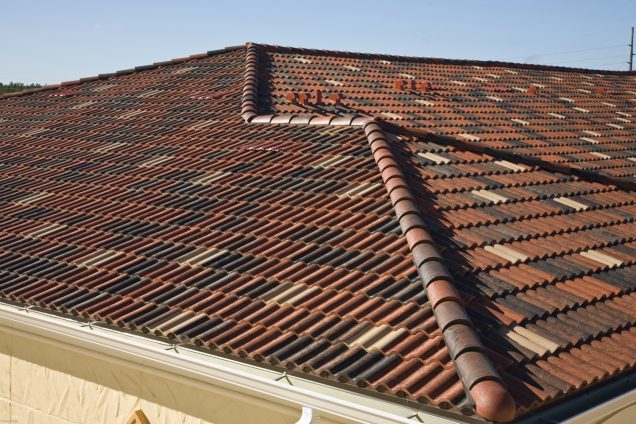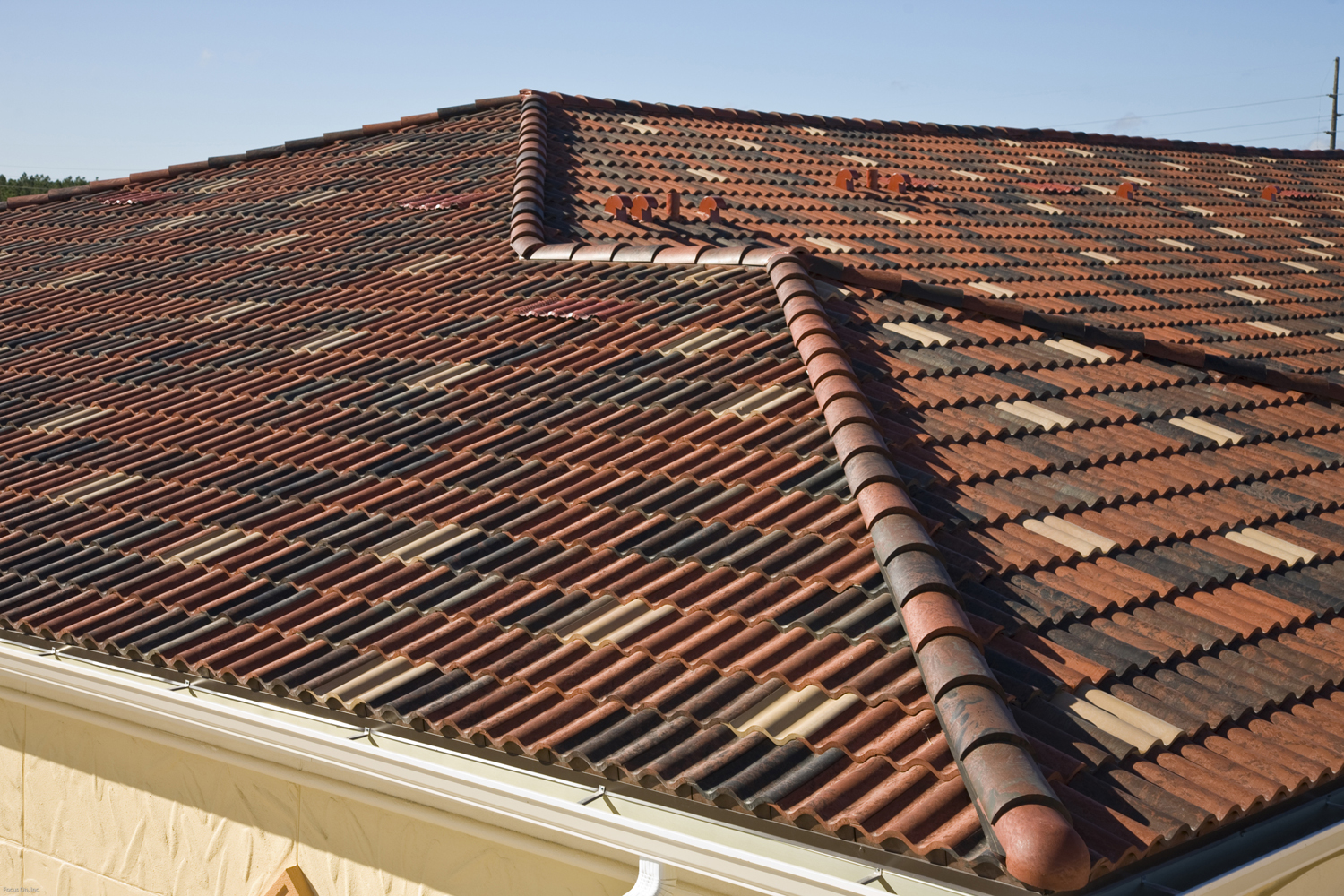Avoid Standing Water Issues
A good roof allows rain to flow off and move into your gutters. But sometimes, the water might not flow off of your roof as well as you wish. Rainwater can be a dramatic problem if your roof isn’t up to par.
Your roof is more likely to develop standing water the older it is. A roof that takes in too much-standing water will need replacement.
How Standing Water Forms On Your Roof
Standing water develops when your roof’s surface formulate small channels or canals where rain pools. As old roofing surfaces wear out or curve, it becomes harder for water to flow off of the roof. The water will stick around on the roof, thus adding weight and stress onto the surface.
Standing water can appear on any part of your roof. It may pop up on the ends or near the top. The situation is generally worse if it is closer to the bottom. It’s worse because it’s more likely to take in more water this way.
What Standing Water Does to a Roof
Standing water will add excess weight to your roof. The water weighs about five pounds for every inch per square foot of space. More massive puddles of standing water could add hundreds of pounds of force onto your roof, thus weakening the surface.
The added water on your roof will cause the roof to sag and wear out. The water will create undue stress causing supports and tiles start to break apart and loosen. It may also be more comfortable for your roof to develop a leak due to all that water.
How Can Standing Water Be Fixed?
In some cases, you can get standing water on your roof fixed up by repairing the roofing surface. The surface might have to be removed and replaced with new ones that allow water to move off of the roof without threats. The areas under the roof may also need repair. If we see fit, we may suggest added drains around the roof if needed.
You Might Need Roof Replacement
There may also be cases where the roof needs replacement altogether. An older shelter will have more curving or broken shingles. It will also hold more to water than a newer one.
Replacing your roof allows you to keep the surface from collecting all that water. Speed roof repair or replacement is vital for ensuring there are no future security issues.
Be aware of how well your roof is handling rain. Take a look at what is happening on the surface regularly and see that the water on a spot is not sticking around. You can also ask for a professional to inspect your roof to identify problem areas where water might be likely to flow off.




 Let us inspect your roof's condition, repair damaged shingles, reseal flashings, replace plumbing boots, re-caulk exposed nailheads or staples, and more!
Let us inspect your roof's condition, repair damaged shingles, reseal flashings, replace plumbing boots, re-caulk exposed nailheads or staples, and more!
 Addison,
Addison,